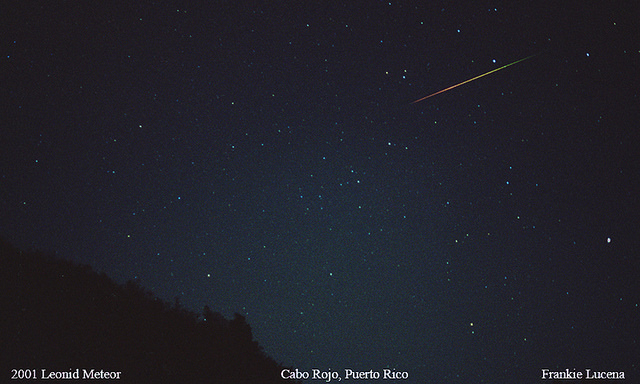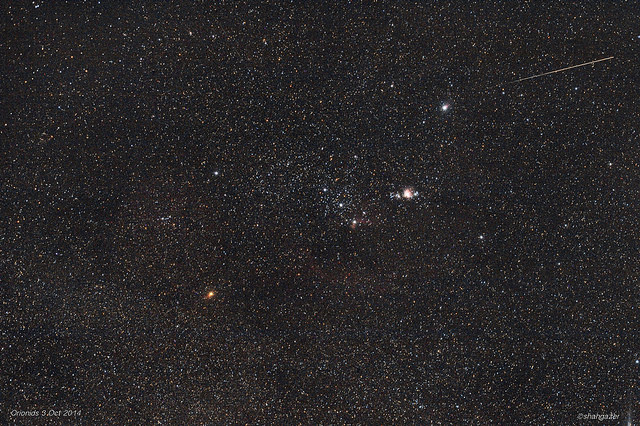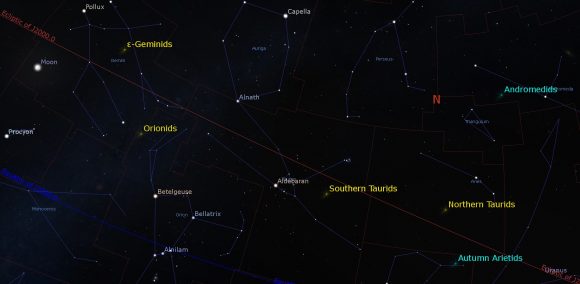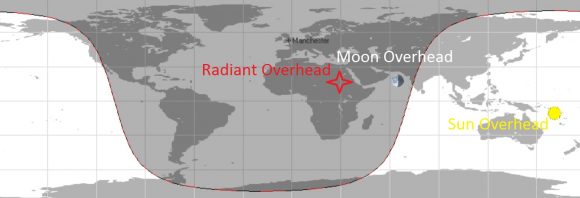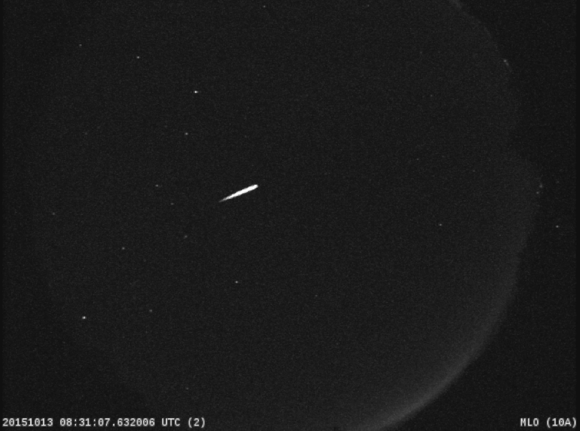A flash of light recently reminded us of the most stunning sight we ever saw.
We managed to catch an early Leonid meteor this past Saturday morning while waiting for the new Chinese space station Tiangong-2 to pass over southern Spain. The Leonids are active this week, and although the light-polluting just past Super Moon lurks nearby, we’ve learned to never ignore this shower, even on an off year.
First though, here’s a rundown on what’s up with the Leonids in 2016:
The Leonid meteors are expected to peak on the night of Thursday, November 17th into the morning of Friday, November 18th. The shower is active for a 25 day span from November 5th to November 30th and though the Leonids can vary with an Zenithal Hourly Rate (ZHR) of thousands of meteors per hour, and short outbursts briefly topping hundreds of thousands per hour, in 2016, the Leonids are expected to produce a maximum ideal ZHR of only 10 to 15 meteors per hour. The radiant of the Leonids is located at right ascension 10 hours 8 minutes, declination 21.6 degrees north at the time of the peak, in the Sickle or backwards Question Mark asterism of the astronomical constellation of Leo the Lion.
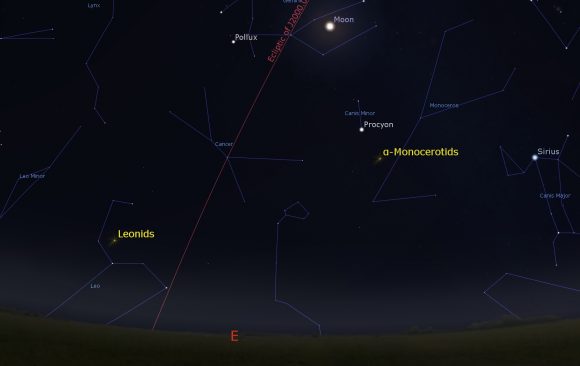
The source of the Leonids is periodic Comet 55P/Tempel-Tuttle.
Now, for the bad news. The Moon is an 82% illuminated, waning gibbous phase at the peak of the Leonids, making 2016 an unfavorable year for this shower. In fact, the Moon is located just 42 degrees from the shower’s radiant in the nearby constellation of Gemini at the shower’s peak on Friday morning. In previous years, the Leonids produced a ZHR numbering in the 15-20 per hour. The estimated ZHR last topped 100 in 2008.
The Leonid meteors strike the Earth at a moderate/fast velocity of 71 km/s, and produce many fireballs with an r value of 2.5.
The Leonids are notorious for producing storms of epic proportions every 33 years. This last occurred in years surrounding 1999, and isn’t expected to occur again until around 2032. Some older observers still remember the great Leonid meteor storm over the southwestern United States in 1966, and the U.S. East Coast witnessed a massive storm in 1833.
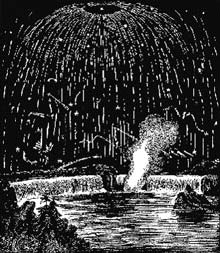
We can attest to what the Leonids are capable of. We saw an amazing display from the shower in 1998 from Al Jaber Air Base in Kuwait, with an estimated rate of around 900 per hour towards dawn. When a shower edges towards a zenithal hourly rate of 1,000, you’re seeing meteors every few seconds, with fireballs lighting up the desert night.
And it is possible to defeat the waning gibbous Moon. Though the Moon is near the zenith as seen from the mid-northern latitudes in the early AM hours (the best time to watch the shower,) its almost always possible to view the shower with the Moon blocked behind a house or hill… unless you have the bad luck of viewing from latitude 20 degrees north, where the Moon crosses directly through the zenith on Friday morning.
But take heart, as we’re past the halfway mark in 2014, headed to the Leonid ‘storm years’ of the early 2030s.
Don’t miss the 2016 Leonids… if for no other reason, to catch a flash of storms to come.

